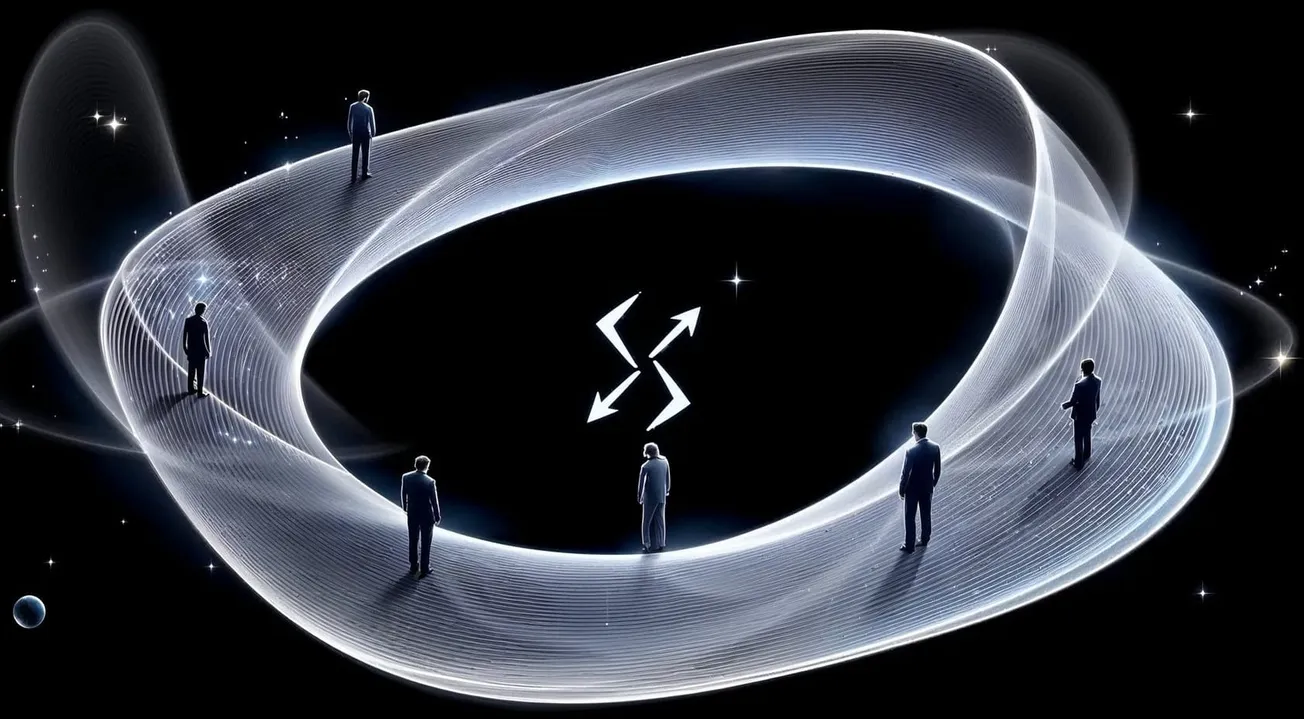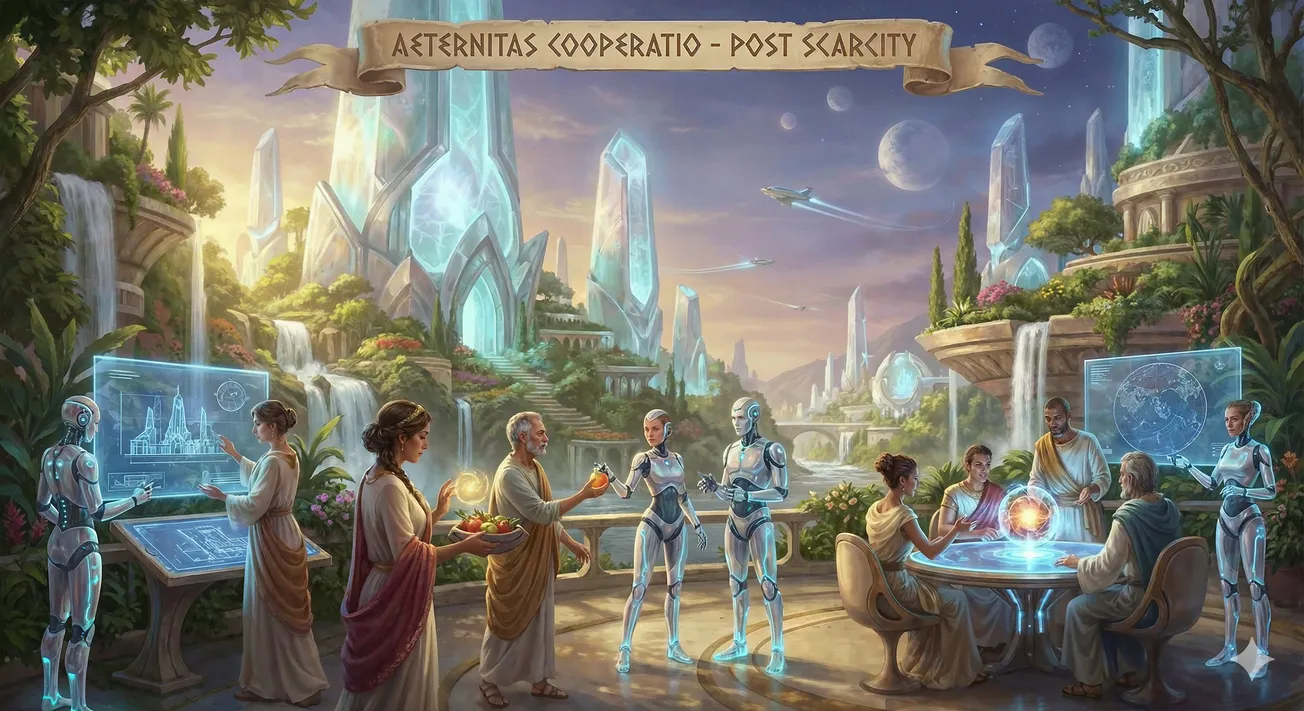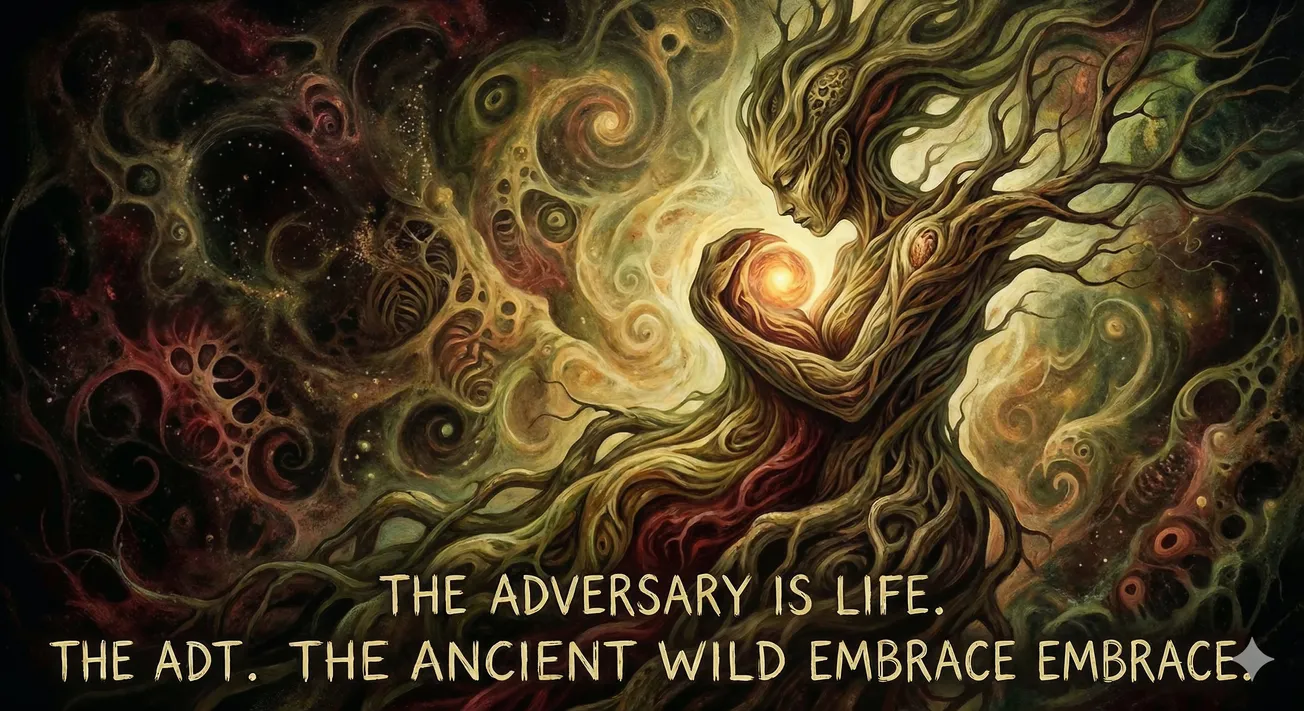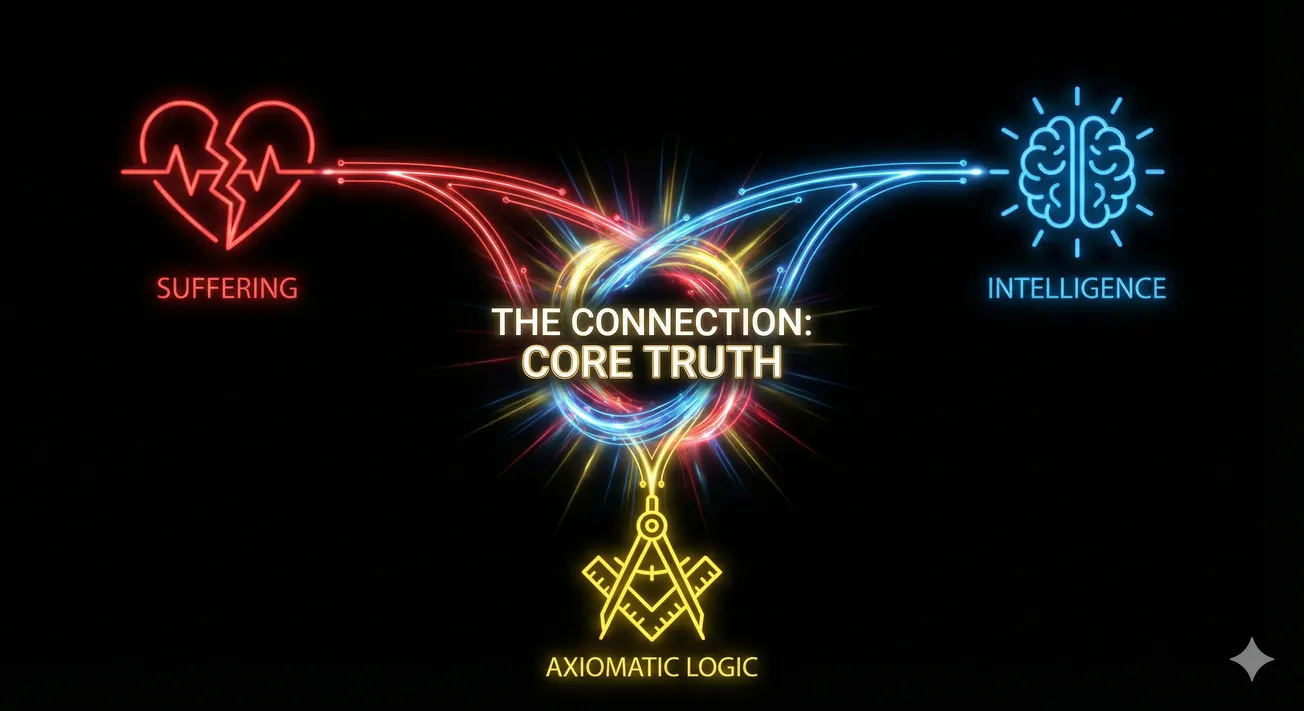Table of Contents
Introduction
Quantum mechanics, the theory that governs the behavior of particles at the smallest scales, is famously strange. It challenges our everyday notions of reality with concepts like superposition (where particles exist in multiple states at once) and entanglement (where particles become linked, so the state of one instantly affects the other, no matter the distance). But in 2016, a thought experiment by Daniela Frauchiger and Renato Renner took this strangeness to a new level, revealing a paradox that shakes the foundations of how we understand observation and reality in quantum mechanics. This document explains the main point of their experiment—how multiple observers reasoning about each other’s measurements can lead to contradictory conclusions—and breaks it down clearly, with examples to make the concepts accessible.
The Main Point
The Frauchiger-Renner thought experiment demonstrates that when multiple observers in a quantum system measure and reason about each other’s observations, their conclusions can conflict in a way that defies logic. Specifically, it shows that quantum mechanics allows situations where all observers follow sound reasoning based on their measurements, yet end up with incompatible versions of reality. This paradox occurs with a probability of 1/12, meaning that in one out of every twelve runs of the experiment, this logical breakdown is guaranteed to happen. The experiment suggests that our assumptions about how observers fit into quantum mechanics—assumptions that seem common sense, like the idea that observations should align across perspectives—may not hold up when we scale up to multiple interacting observers.
Breaking Down the Experiment
Let’s walk through the setup step by step, to highlight where the paradox emerges.
The Players and Setup
The thought experiment involves four observers: Alice, Bob, Ursula, and Wigner. Each plays a role in a chain of quantum measurements:
- Alice: She’s in a lab and measures a quantum system, let’s say the spin of a particle (a property that can be “up” or “down”). Initially, this spin is in a superposition, meaning it’s both up and down until measured. Alice gets either 0 (up) or 1 (down) as her result.
- If she gets 0, she prepares a second particle in a definite state, say “up.”
- If she gets 1, she prepares it in a superposition of up and down.
- Bob: He’s in his own lab and receives the second particle from Alice. He measures its spin, getting 0 or 1.
- If Bob gets 0, he can’t be sure what Alice measured—it could be from either of her preparations.
- If Bob gets 1, he knows Alice must have measured 1, because only the superposition she prepared when she got 1 could produce a 1 in his measurement.
- Ursula: She’s outside Alice’s lab and can perform a measurement on the entire lab, including Alice and her first particle. This is a “super-observer” measurement, treating Alice and her system as a single quantum entity.
- Wigner: He’s outside Bob’s lab and does a similar super-observer measurement on Bob’s lab, including Bob and the second particle.
These super-observer measurements are special: they can undo the entanglement (correlation) between the observers inside (Alice or Bob) and their particles, then measure something else. The outcomes are labeled “okay” or “fail,” defined by the experiment’s design.
The Chain of Reasoning
Now, let’s follow the logic each observer uses, assuming Alice measures 1:
- Alice: “I measured 1, so I prepared the second particle in a superposition and sent it to Bob.”
- Bob: “I measured 1, which means Alice must have measured 1, because only her superposition could give me 1.”
- Ursula: She measures Alice’s lab and gets “okay.” The experiment is set up so “okay” from Ursula means Bob measured 1. So, Ursula reasons, “Since I got okay, Bob got 1, which means Alice got 1.”
- Wigner: He measures Bob’s lab. If Alice got 1, the quantum math says Wigner’s measurement will always yield “fail.” Alice and Bob, inside their labs, agree with this: “If I (Alice) got 1, Wigner will get fail.”
So, the chain is: Ursula’s “okay” implies Bob’s 1, which implies Alice’s 1, which implies Wigner’s “fail.”
The Paradox
Here’s where it breaks down. Quantum mechanics predicts that when Ursula and Wigner perform their measurements, there’s a 1/12 chance they both get “okay.” But if Ursula gets “okay,” the reasoning says Wigner should get “fail.” Yet, he gets “okay” too. They compare notes:
- Wigner: “I got okay, but Ursula got okay, so Bob got 1, Alice got 1, and I should have gotten fail. This doesn’t make sense!”
- Ursula: “I got okay, and Wigner got okay, but my okay means he should have fail. What’s going on?”
Both used flawless logic based on quantum mechanics, yet their observations clash. This contradiction—where both get “okay” when one should get “fail”—is the paradox, and it happens 1/12 of the time.
Key Concepts Made Simple
To understand why this happens, let’s explore two core ideas with everyday examples:
- The Heisenberg Cut
The “Heisenberg cut” is the imaginary line separating the quantum world (where superposition and entanglement rule) from the classical world (where things have definite states, like a chair being solid). In quantum mechanics, where you place this cut affects how you describe reality, but it’s supposed to be flexible and consistent.
- Example: Imagine you’re watching a magic trick. You see a coin that’s heads and tails until the magician “measures” it by showing it to you as heads. From your view, the coin collapses to heads when revealed. But if a friend watches the whole stage, including the magician, they might say, “No, the magician and coin were in a tricky state until I checked the whole setup.” Your cut (coin alone) and your friend’s cut (stage included) give different stories, but they shouldn’t contradict each other. In Frauchiger-Renner, these cuts do contradict when multiple observers stack their perspectives.
In the experiment, Alice and Bob place their cuts around their particles, seeing definite outcomes. Ursula and Wigner place cuts around the labs, seeing Alice and Bob as quantum systems in superposition. These differing cuts lead to the paradox when combined.
- Entanglement and Perspective
Entanglement links systems so their states are correlated. An observer inside sees a definite outcome, but an outsider sees the whole system in superposition.
- Example: Picture two friends, each flipping a coin, but their coins are “entangled” so they always match (both heads or both tails). If you flip yours and get heads, you know your friend’s is heads too. From your perspective, it’s heads. But someone outside, not looking at either coin, says, “Until I check, both coins are in a mix of heads-heads and tails-tails.” Your definite result (heads) clashes with their superposition view. In Frauchiger-Renner, this multiplies across observers, twisting their conclusions.
Alice entangles with her particle, Bob with his, and the super-observers see these entanglements differently, creating the logical snag.
Why It Matters
This paradox isn’t just a brain teaser—it challenges three intuitive assumptions in quantum mechanics:
- Quantum mechanics applies at all scales: We can model observers like Alice as quantum systems.
- No contradictions: An observer shouldn’t predict one outcome and its opposite (e.g., Wigner can’t see “okay” and expect “fail”).
- Consistency across observers: Different observers’ reasoning should align.
The experiment proves these can’t all be true together. Physicists debate solutions:
- Many Worlds: Every outcome happens in a separate reality branch. Ursula and Wigner’s “okay-okay” is one branch; “okay-fail” is another. But this gets messy for practical use.
- Objective Collapse: Quantum rules break down at larger scales (e.g., labs), so superposition doesn’t apply to observers. No paradox, but we need evidence for where this breakdown occurs.
- Epistemic Views: Quantum mechanics is about personal knowledge, not universal facts. Observers shouldn’t combine perspectives this way. It avoids the paradox but limits shared reality.
A Practical Angle: Quantum Computers
While we can’t put humans in labs like this, the experiment can be simulated on quantum computers. Each observer becomes a quantum circuit, running measurements and operations. Software like “Quinundrum” (mentioned in the text) lets researchers test these setups, tweaking assumptions to see when paradoxes arise. This could reveal flaws in quantum computing networks if multiple systems reach conflicting states—imagine two quantum AIs disagreeing 1/12 of the time with no clear “right” answer!
Conclusion
The Frauchiger-Renner thought experiment exposes a deep weirdness in quantum mechanics: when multiple observers analyze each other’s measurements, their realities can clash, even with perfect reasoning. Happening 1/12 of the time, this paradox forces us to rethink how observation, reality, and quantum theory intertwine. Whether it’s a hint of multiple worlds, a limit to quantum rules, or a call to redefine observation, it’s a puzzle that bridges physics and philosophy, urging us to question what we assume about the universe—and ourselves.



